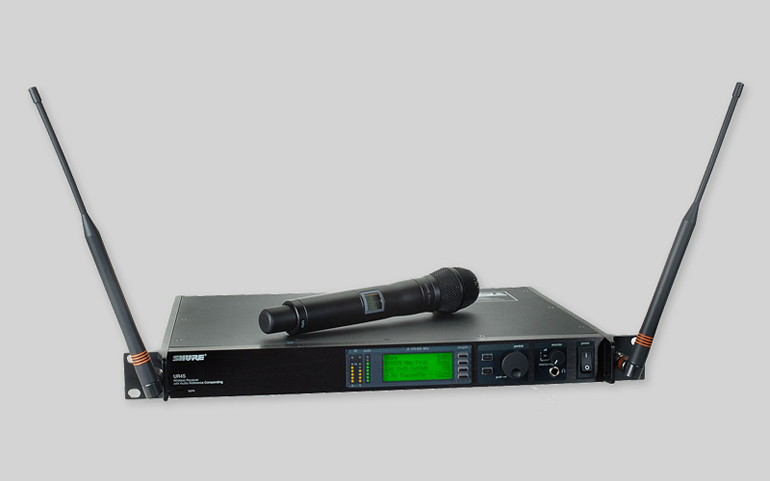There has been a lot of discussion in the industry and on many websites about the use of the new LED fixtures in cinematography. Litepanels came out with the first really widely used units for filming with their on camera bricks and their 1×1 panels. Many embraced them while others were very concerned with the lack of full color, harsh texture of light generation and multiple shadow rendition of LED sources.
Several years ago there was a special presentation made by the Academy of Motion Picture Arts & Science and the ASC at the annual National Association of Broadcasters convention in Vegas that compared the three leading LED unit manufactures against standard tungsten lighting. The results were an eye opener as all three record colors differently not only from the tungsten light units but also from each other. While there have been many Asian manufacturers that have been releasing very inconsistent lighting units at low price ranges since then, there have also been great strides made in the last few years in standardizing the LED output in both color and consistency by more respected and recognized lighting manufacturers here in the USA. The most notable massive improvements have been made by Cineo and their remote phosphor units, by Mole Richardson and their LED fresnels, spacelights and now softlight units, and Kinoflo with their new Celeb line of softlights.
My friend Joe DiGennaro, a local 600 cinematographer who works in the research department of the Academy of Motion Pictures Arts & Science (The Oscars) steered me towards the Cineo lights.
He’s definitely the expert when it comes to LED lights and how they record on digital and film – having tested every manufacturer against every major camera and film stock. I used them on a low budge feature this past summer with wonderful results. I have since used them on a corporate video and a commercial.
Joe and a major film techie have been working on an app that allow you to plug in the camera (with its sensor) and then the brand LED light which will then give you a color rendering idea. It’s a rather complicated thing. You can read an article about LED lighting concerns on the Academy’s website. Go to www.Oscars.org and click on the science-technology link and you’ll find a report on solid state technology The Academy has put out a free app which is also on that website. Joe says there is a second app about to come out that is even more conclusive.
The fact is that the industry has embraced LED lighting now. On the reality TV show, Project Runway, we use LEDs and Kinoflos almost exclusively for our locations and the work rooms lighting. The progress being made, especially by Mole and Cineo, has really brought the LED into the realm of dependability.
There are still things to get over but much has been accomplished and more will be. England and the USA have made it clear that the governments will be terminating the manufacturing of tungsten element lighting in the very near future. Those of us in the lighting business have been fighting against this, but losing. There is a misconception that fluorescent and LED lighting is more “green”. While they do consume much less power and generate much less heat per lumen generated than tungsten, once they are disposed of they are actually more toxic to the environment than glass and tungsten wire. But many are looking only at the financial costs of power consumption and not the beauty of full spectrum light. And money always seems to win out over art. While we still have them there is really no substitute for the full body color spectrum of light generated by a tungsten lamp. In the near future, they will be going the way of 35mm film. We should enjoy them while they last.
 David Landau has worked 30 plus years in lighting for features, TV, commercials, documentaries, industrials and music videos. He teaches lighting and cinematography at Fairleigh Dickinson University, shoots low budget features and corporate videos and summers as one of the gaffers on Project Runway. Five-time Telly Award winner for lighting and cinematography and an IATSE Local 52 member, he authored the book “Lighting for Cinematography” (Bloomsbury Press). Written by David Landau and David Bennett Carren, check out new book, “Next Level Screenwriting,” (Focal Press).
David Landau has worked 30 plus years in lighting for features, TV, commercials, documentaries, industrials and music videos. He teaches lighting and cinematography at Fairleigh Dickinson University, shoots low budget features and corporate videos and summers as one of the gaffers on Project Runway. Five-time Telly Award winner for lighting and cinematography and an IATSE Local 52 member, he authored the book “Lighting for Cinematography” (Bloomsbury Press). Written by David Landau and David Bennett Carren, check out new book, “Next Level Screenwriting,” (Focal Press).




